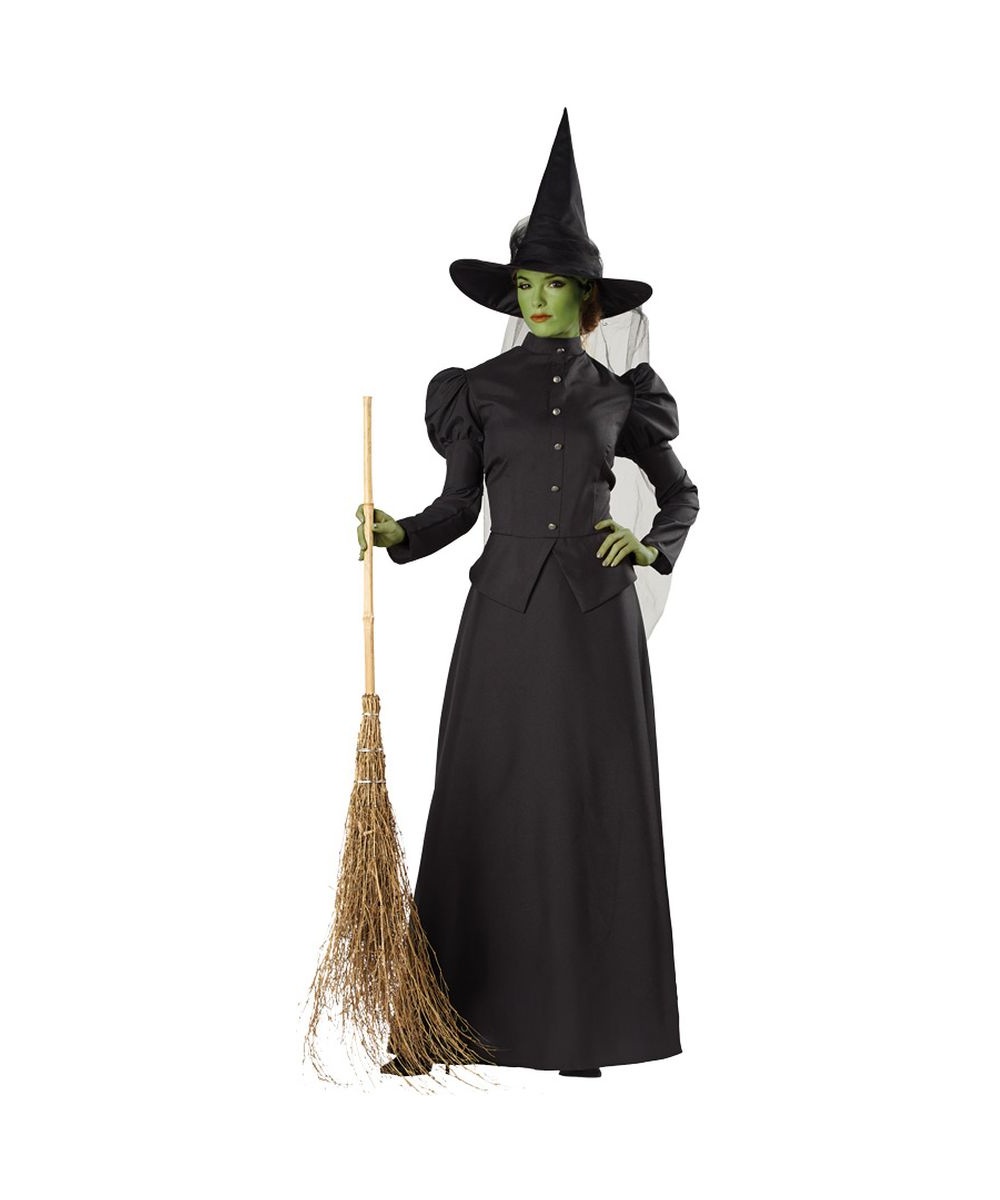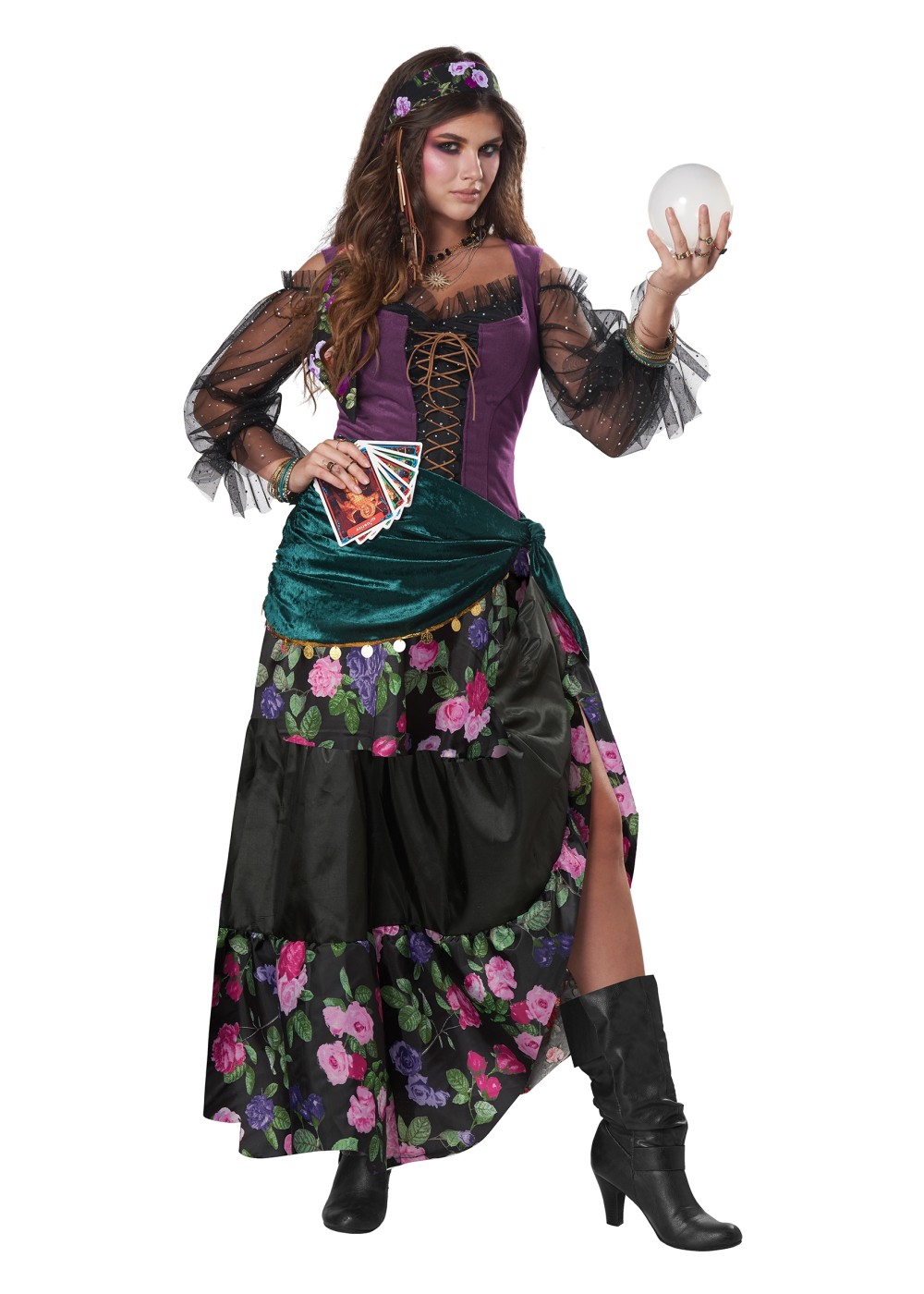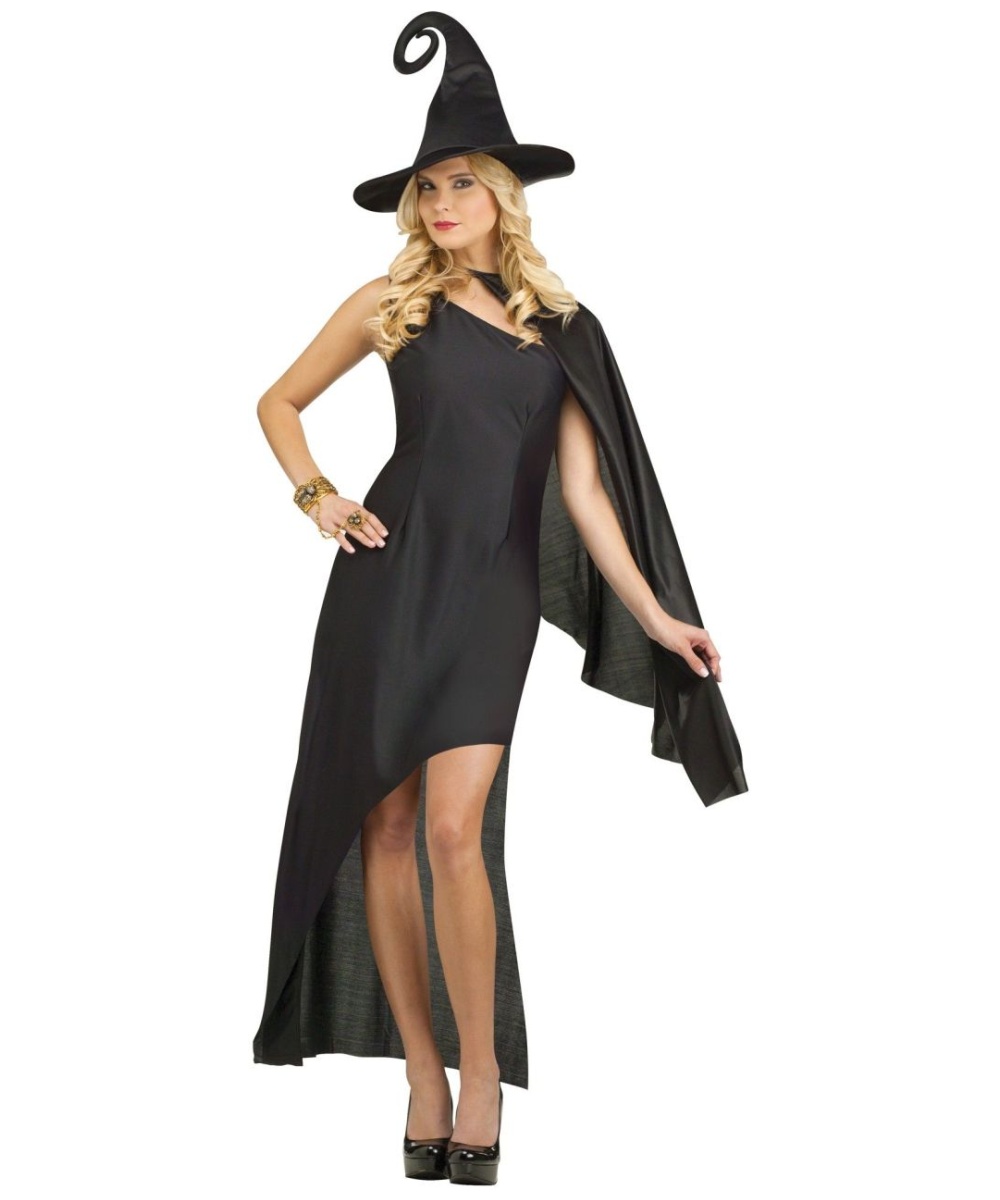-
Which Witch Is Which?: A Look At America's Fascination With Witches
Before the rise of popular media culture, American audiences typically associated Witches as ugly, green-faced hags à-la Wizard of Oz. And let's be honest: For most of us, when we hear the word "Witch"; the image of an unattractive, sour old crone is what typically first comes to mind. Witches have pervaded throughout numerous popular works of literature, music, film, and even video games and comic strips - enough to make us wonder why the stereotype of the Wicked Witch of the West persists in our choice of Halloween decor. Indeed, from a psychological perspective, the Elphaba-type witch is an excellent metaphorical example of what a young woman can eventually become if she allows life's misfortunes to turn her into a bitter, unpleasant cynic. On the other hand, and thanks to the success of hit-TV shows like Charmed, the best-selling Harry Potter novels, and New Age spirituality, witches have enjoyed some reformation into symbols of feminine power, extending far beyond the brim of witch costumes. Charming and beautiful enchantresses from the likes of the fictional Halliwell sisters, Willow Rosenberg, and Hermione Granger serve as symbols of what most women strive to become: Strong, beautiful, powerful, independent; With the ability to take complete charge of their lives and create the change they want with just the flick of a wrist.
It's true that American viewers have enjoyed film, TV, and book series on the subject of witches and witchcraft a great deal more than the rest of the still-very-superstitious world, so naturally, a television series by the name of American Horror Story: Coven would greatly appeal to a diverse primetime audience. The third season of the American Horror Story anthology
follows the female descendants of witches persecuted during the Salem Witch Trials of the 17th century, as they set up shop in New Orleans, Louisiana in the form of a private academy aimed at teaching young witches how to control their magic and survive in a modern world.Events later on reveal the historic grudge between the Salem Witches and the resident Voodoo practitioners, as storylines delve into the topics of racism, family bonds, and the complex relationship between mothers and daughters; All the while using the concepts of magic, witchcraft, and Voodoo as metaphors to tackle common struggles.

The immense mainstream success of the young adult fantasy/romance literary genre has paved the way for more and more witchy conceptions to titilate our wildest imaginations. Dozens of new productions on the subject of witches and witchcraft are becoming commonplace in American mainstream culture. And the public seems to be lapping the magic up - because let's face it: Wouldn't it be a lot easier to love thy neighbor if you could just make him disappear with a flick of a wand?




